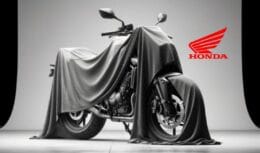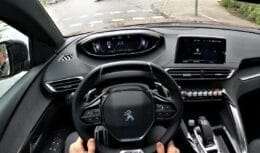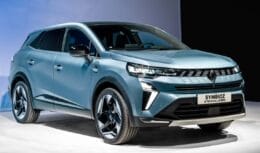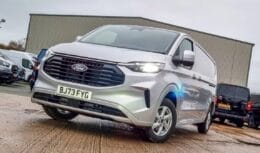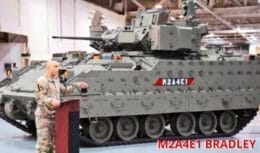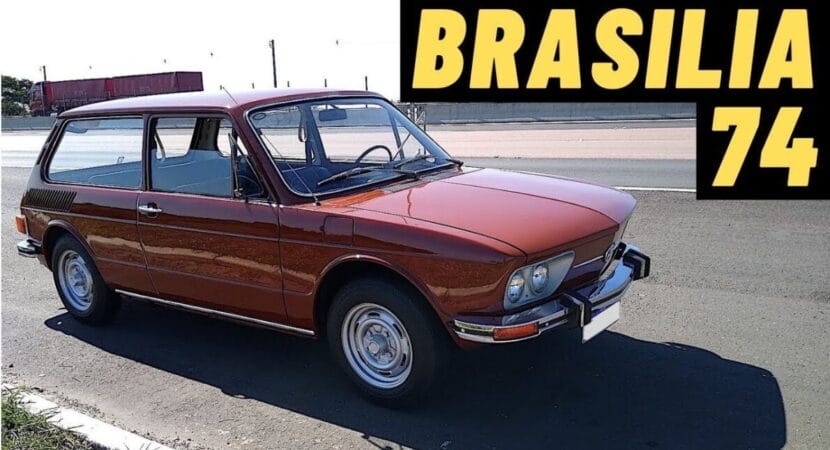
Volkswagen Brasília, an icon of hatch cars in Brazil, had a remarkable trajectory from its launch in the 70s until its closure in the 80s. Today, we explore the history of this vehicle that combined design, practicality and a robustness inherited from the legendary Beetle.
Launched in 1973, Volkswagen Brasília was a response from the German automaker to growing challenges of the Brazilian automotive market. Designed to be compact, economical and practical, the Brasília was developed under the direction of the then president of Volkswagen in Brazil, who aimed to create a worthy successor to the Beetle.
With a modern design for the time, the Brasília stood out for its harmonious lines and wedge-shaped front with four circular headlights. Its configuration offered excellent internal space and two trunks that together totaled 339 liters, a feature that maximized its practicality for family use. Despite its compact dimensions, the model was able to comfortably seat five adults, a remarkable feat for a car of its size.
Equipped with a 1600 air-cooled engine, similar to that of the Volkswagen Beetle
The Volkswagen Brasília was equipped with a 1.6-liter air-cooled boxer engine, characteristic of Volkswagen models of that era, such as the Beetle and Kombi. This engine, known for its durability and low maintenance, had a four-cylinder horizontally opposed configuration, which contributed to a lower center of gravity and better weight distribution, thus offering more stable drivability.
This engine was capable of producing 60 horsepower and 12 kgf.m of torque at 3.000 RPM, providing a performance considered adequate for the daily needs of the time. The Brasília also had a double carburetion version, which increased its power to 65 horsepower, improving performance without significantly compromising performance. fuel consumption.
The boxer engine was also known for its distinctive sound and ease of maintenance, with a configuration that allowed easy access to key components. This type of engine contributed to Brasília's success in the Brazilian market, offering a balanced combination of reliability, efficiency and cost-benefit, elements that were highly valued by consumers at the time.
Additionally, the air-cooled configuration eliminated the need for a radiator system, reducing complexity and the potential for overheating, which was particularly advantageous in Brazil's varied climatic conditions. This feature made the Brasília engine a robust option for Brazilian roads, often marked by high temperatures and challenging terrain.
Despite the initial success, Brasília's trajectory was interrupted in 1982
Despite initial success, Volkswagen Brasília's trajectory was interrupted in 1982, predominantly due to intense internal competition with the Volkswagen Gol, a newer and more modern model, which began to dominate market preferences. Gol offered updated features that better met new consumer demands, which gradually marginalized Brasília from the market.
Volkswagen Brasília left an indelible mark on the Brazilian automotive industry
Volkswagen Brasília not only left a indelible mark in the industry Brazilian automobile as well as in the hearts of many who owned it. It exemplifies an era of Volkswagen innovation and adaptation to the Brazilian market, and even after its production ended, it remains a beloved symbol of a significant era in the country's automotive history.

